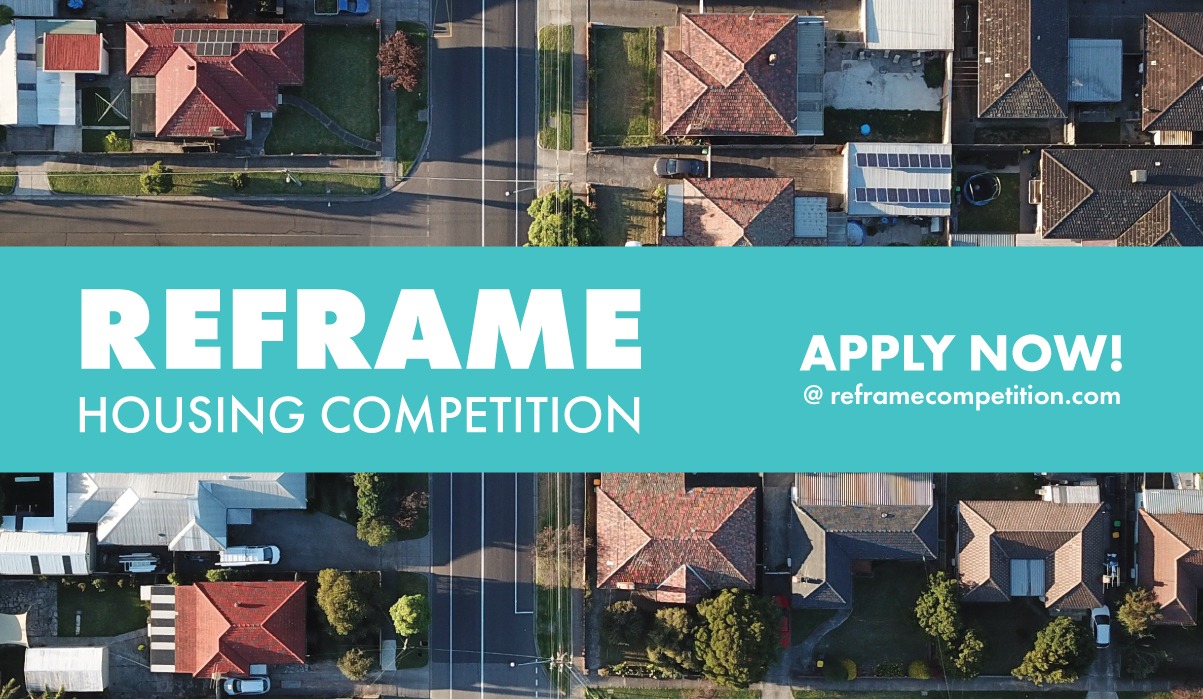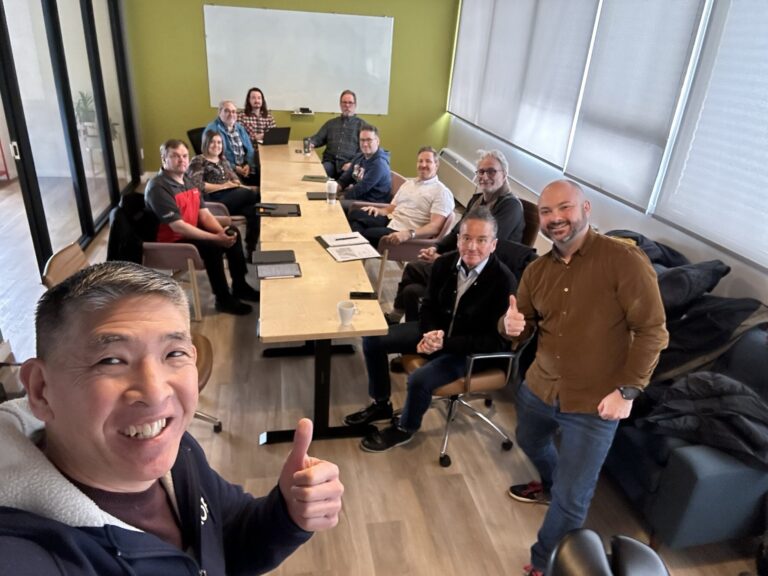
15 August 2018
Reframe Housing Competition Brings Innovation to the Housing Conversation
Everywhere you look nowadays, people are having a conversation about housing: How do we ensure equitable housing for everyone? What does the solution or solutions look like? Perhaps not part of the conversation, however, is how to share the success stories that are out there, and what can be learned from them that can be applied to a wide range of communities.
This is the inspiration behind the Reframe Housing Competition: initiated through a partnership between the BC Non-Profit Housing Association (BCNPHA) and Urban Matters CCC. Starting out as an organic conversation between Urban Matters President Ken Gauthier and BCNPHA CEO Jill Atkey about how to generate energy in the housing sector to share ideas and successes, the goal of Reframe is to help nurture ideas and innovation in community housing. No idea is too small, and inspiration can be found in anything from a small, light bulb moment to established housing ventures. And with the contest open to all of Western Canada and the Territories, there is lots of opportunity for inspiration.
“There’s a lot that’s transferable to other communities,” states Jen Casorso, Community Well-Being Lead for Urban Matters and this project. “But there isn’t a lot outside of the annual housing conference and the quarterly RENT conferences to really hear about those successes or even how to implement in other communities.” Jen sees the competition as a way to generate some hype around sharing these ideas and build some traction around it. She also says the timing is perfect. With a closing date of September 30th, the competition is timed right around when professionals will be submitting ideas for provincial proposal submissions and will hopefully be more inspired to share these successes on a broader scale.
The Urban and Rural Housing Divide
Jen identifies that one of the challenges is finding commonalities in the different ways that communities approach housing. In more urban centres, there are a lot of innovations coming together through the collaboration of non-profit, public and private organizations or even multiple non-profit organizations. She points to the Storeys housing development in Richmond, BC as an example of what is possible. A mixed-used multi-family development, Storeys is the work of five different non-profits and three levels of government working together to redevelop a property that is a combination of housing and commercial space that includes social programming and a social enterprise in the form of a café on the main floor. In a more rural context, however, the approach could look similar in terms of trying to utilize all the collective capacity in the community to make housing work, but it won’t have the same magnitude as in a big centre. “You might have something where there is a non-profit that’s really program focused working with a non-profit who’s housing focused,” Jen explains. “Or have a non-profit that’s never worked with housing before engage the local government and start talking about housing to come up with a development that is unique for their community.” There’s really a huge range of potential and Reframe is set to try and capture that.
Mixing Social Enterprise into Housing
In Jen’s opinion, there are no boundaries to the opportunity social enterprise can offer to the housing conversation. “We are looking for the creative ways that Reframe applicants mix housing and business opportunities together for financially sustainable change. On the social housing side of the spectrum, the reliance on government funding is strong. We believe people are finding creative ways to ensure the viability of their housing development through social ventures.” She goes further to explain that this could be property management services operated and/or staffed by individuals returning to the workplace or supporting seniors to age in place through program supports and companionship. “These are only a few ideas. The door is really wide open.”
With large portions of the population reaching retirement age, enabling citizens to age in place is an important part in any look at housing solutions. “We need housing that supports all demographics and in particular our aging population,” Jen states. “In Canada, this population is increasing at an alarming rate, and as a result, housing needs to respond to folks as their needs and abilities change through age.” She shares the more personal experience her grandmother had after her grandfather passed. Needing to downsize to a home that was more manageable, her grandmother wanted to find something that could provide the support she may need later in life while still enjoying the level of independence she had come to enjoy. She bought an apartment in a seniors-oriented development that includes a mix of services for seniors who are capable of independent and semi-independent living. “This works for her because she knows that she will be able to age in place longer while having access to the programming that a local senior serving non-profit organization provides.”
Solutions like this and others provide opportunities for Social Return on Investment (SROI). It can be structured in a variety of ways – programming, employment opportunity for residents, opportunities to age in place – but in its essence, SROI is an investment that focused not just on monetary return, but also the ability to build social benefit for residents in the community. How the community benefits on a more social and emotional benefit can have just us much value as the profits of a development, and creates an environment where residents, staff, and the community at large WANT to contribute to make their community welcoming for everyone.
Learning Across Borders
For the Reframe competition, Jen sees an incredible opportunity for cross-jurisdictional learning. “While we understand that provincial and territorial jurisdictions create different housing scenarios, we think there is a great opportunity to learn from each other and work to develop replicable housing tools across more communities for greater impact.” Once all of the submissions have been received, Urban Matters CCC and BCNPHA will ensure that the evaluating committee includes individuals with experience in housing environments across Western Canada who can provide context to the varying regional approaches.
The evaluation will also include examining how a solution can be replicated in both a rural and urban context. That isn’t to say that submissions that are not as easily transferable will be viewed with less value, simply that submissions with the possible for application more broadly could present a unique opportunity across the urban and rural, and even provincial/territorial, divide. “We think it is important to share ideas and find ways to mold those successes and learn from one another as we work to figure out solving this housing crisis,” Jen emphasizes. “It can certainly be challenging to downsize an initiative versus scaling up, but we welcome the opportunity to see where ideas can go when provided some resources and support.”
The competition is open until September 30, 2018, with a brief application form for applicants to put together a pitch deck presentation providing an overview of their innovation. Following the deadline, the evaluation team will begin reviewing and scoring the pitches. Short-listed candidates will be requested to present their pitch deck to the evaluation team-using virtual video conference tools-and finalists will be announced at the Housing Central Conference Welcome Reception Kick-Off in mid-November. This will provide a great opportunity for winners to network and share their model and its success. Beyond the award, the team will also work with applicants to see if they need some additional support in accelerating and/or scaling their innovation, keeping people aware of the progress along the way.
![]()
Do you have an innovative housing solution to share? Be sure to submit your idea to the Reframe Housing Competition by visiting: https://reframecompetition.com/. Check out the video below for more information!




